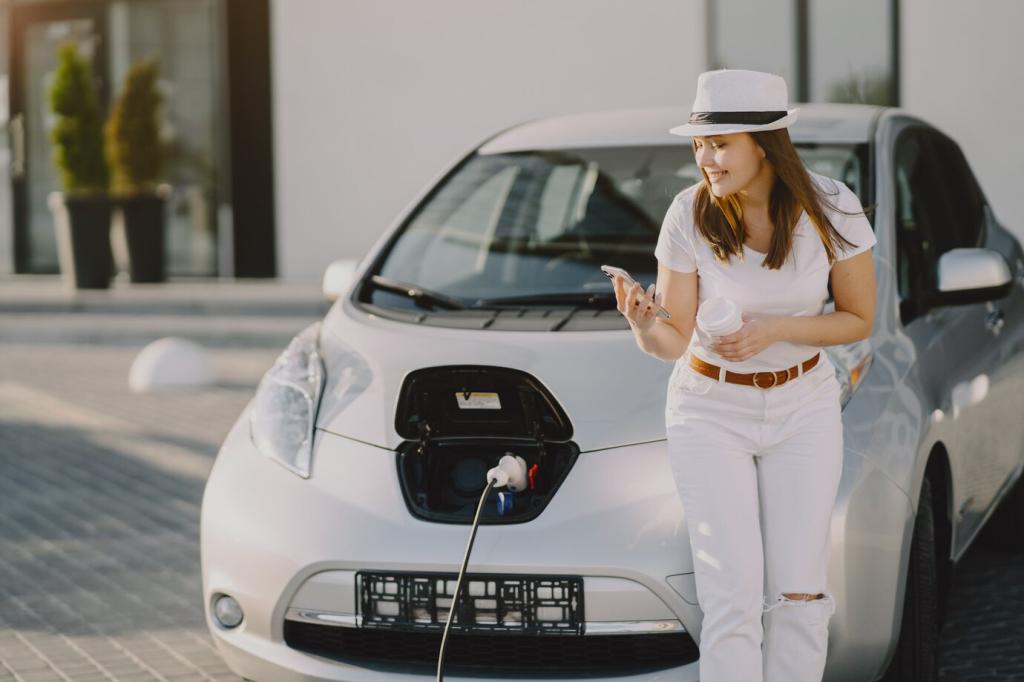Industry Transformation Under Mandates
Mandates push automakers to retool plants, consolidate platforms, and commit to long-term battery sourcing. Companies align marketing with compliance goals, prioritizing models that earn more credits. Standardization around connectors and charging experiences accelerates, and software-defined vehicles gain prominence as manufacturers chase efficiency, revenue, and regulatory certainty in tandem.
Industry Transformation Under Mandates
Policy certainty helps mining, refining, and battery manufacturing scale responsibly, while recycling ramps to reclaim lithium, nickel, and cobalt. Chemistries like LFP offer cost stability for many use cases, and second-life applications extend battery value. Mandate timelines, paired with sustainability targets, encourage ethical sourcing and tighter, more resilient regional supply networks.
Industry Transformation Under Mandates
Luis spent a decade assembling transmissions; then his plant announced an EV line to meet mandate targets. After employer-funded training, he now calibrates battery modules and mentors new hires. His paycheck stayed steady, but the skills changed dramatically—proof that well-designed policies can include pathways for workers, not just products on lots.








